The largest amphibious invasion in history began on the night of June 5-6, with the roar of C-47 engines preparing to take off , and climaxed on the beaches of Normandy. But just how many paratroopers did it take to support the Normandy landings, how many soldiers braved machine gun fire and artillery to secure those crucial beachheads, and how many German soldiers were they up against? History on the Net’s article on D-Day casualties provides the astonishing raw figures.
Operation Overlord Statistics
The Normandy invasion consisted of the following:
- 5,333 Allied ships and landing craft embarking nearly 175,000 men.
- The British and Canadians put 75,215 British and Canadian troops ashore
- Americans: 57,500
- Total:132,715
- 3,400 were killed or missing.
The foregoing figures exclude approximately 20,000 Allied airborne troopers.
D-Day Casualties:
- The First U.S. Army, accounting for the first twenty-four hours in Normandy, tabulated 1,465 killed, 1,928 missing, and 6,603 wounded. The after-action report of U.S. VII Corps (ending 1 July) showed 22,119 casualties including 2,811 killed, 5,665 missing, 79 prisoners, and 13,564 wounded, including paratroopers.
- Canadian forces at Juno Beach sustained 946 casualties, of whom 335 were listed as killed.
- Surprisingly, no British figures were published, but Cornelius Ryan cites estimates of 2,500 to 3,000 killed, wounded, and missing, including 650 from the Sixth Airborne Division.
- German sources vary between four thousand and nine thousand D-Day casualties on 6 June—a range of 125 percent. Field Marshal Erwin Rommel’s report for all of June cited killed, wounded, and missing of some 250,000 men, including twenty-eight generals.
American Personnel in Britain:
- 1,931,885 land
- 659,554 air
- 285,000 naval
- Total:2,876,439 officers and men housed in 1,108 bases and camps
Divisions of the Allied forces for Operation Overlord (the assault forces on 6 June involved two U.S., two British, and one Canadian division.)
- 23 infantry divisions (thirteen U.S., eight British, two Canadian)
- 12 armored divisions (five U.S., four British, one each Canadian, French, and Polish)
- 4 airborne (two each U.S. and British)
- Total:23 American divisions, 14 British, 3 Canadian, 1 French and 1 Polish.
Air assets:
- 3,958 heavy bombers (3,455 operational)
- 1,234 medium and light bombers (989 operational)
- 4,709 fighters (3,824 operational)
- Total: 9,901 (8,268 operational).
German troops:
- 850,000 German troops awaiting the invasion, many were Eastern European conscripts; there were even some Koreans.
- In Normandy itself the Germans had deployed 80,000 troops, but only one panzer division.
- 60 infantry divisions in France and ten panzer divisions, possessing 1,552 tanks,In Normandy itself the Germans had deployed eighty thousand troops, but only one panzer division.
Approximately fifteen thousand French civilians died in the Normandy campaign, partly from Allied bombing and partly from combat actions of Allied and German ground forces.
The total number of casualties that occurred during Operation Overlord, from June 6 (the date of D-Day) to August 30 (when German forces retreated across the Seine) was over 425,000 Allied and German troops. This figure includes over 209,000 Allied casualties:
- Nearly 37,000 dead amongst the ground forces
- 16,714 deaths amongst the Allied air forces.
- Of the Allied casualties, 83,045 were from 21st Army Group (British, Canadian and Polish ground forces)
- 125,847 from the US ground forces.
But the numbers alone don’t tell the full story of the battle that raged in Normandy on June 6th, 1944. For a complete view of Operation Overlord, check out the full article at History on the Net, D-Day: The Invasion of Normandy, as well as some others like D-Day Quotes: From Eisenhower to Hitler.
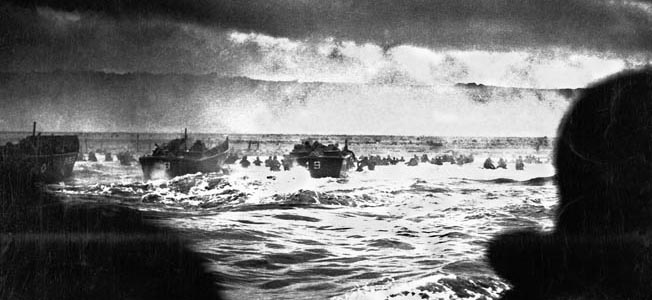
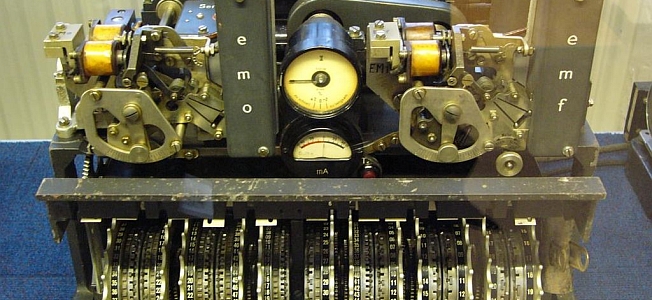
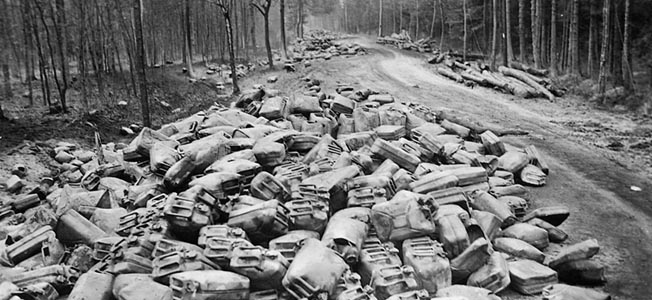
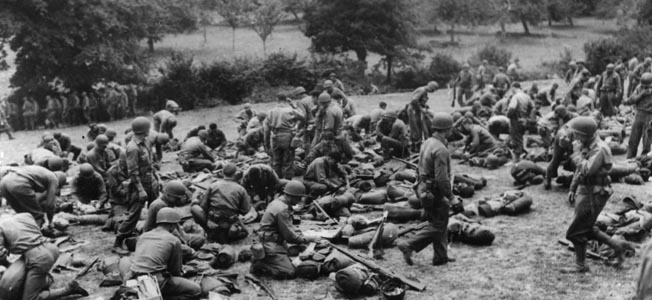

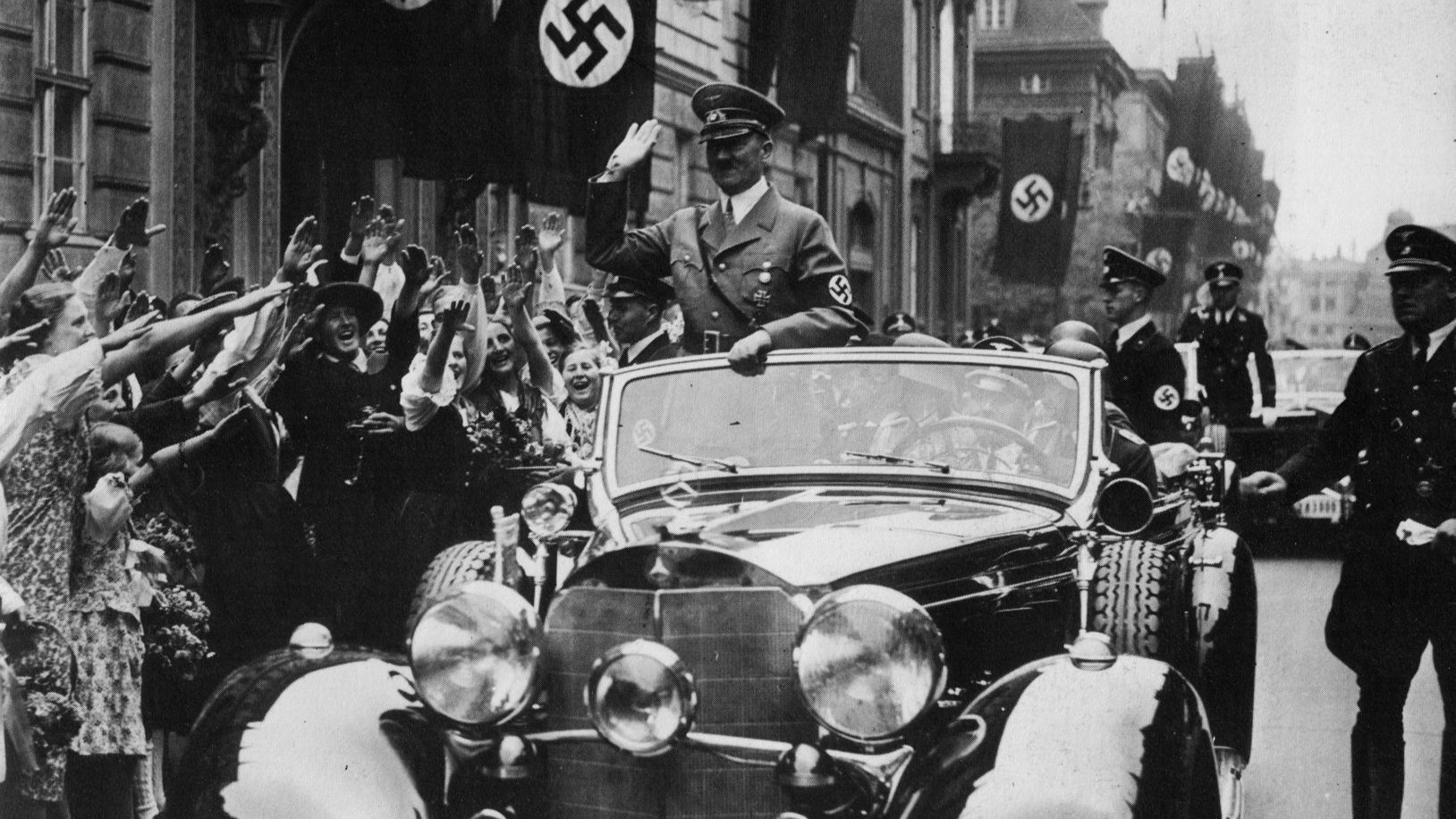
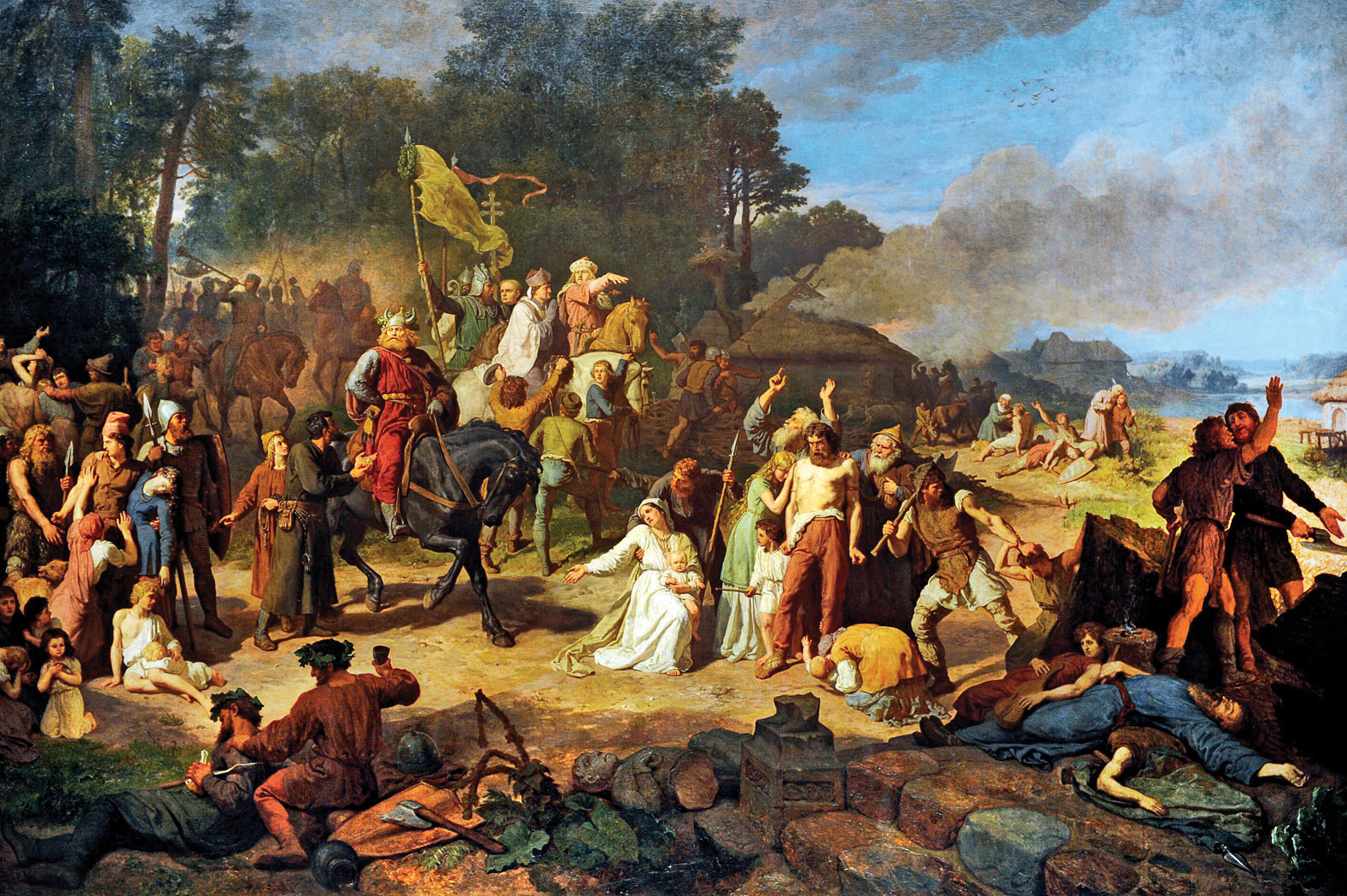
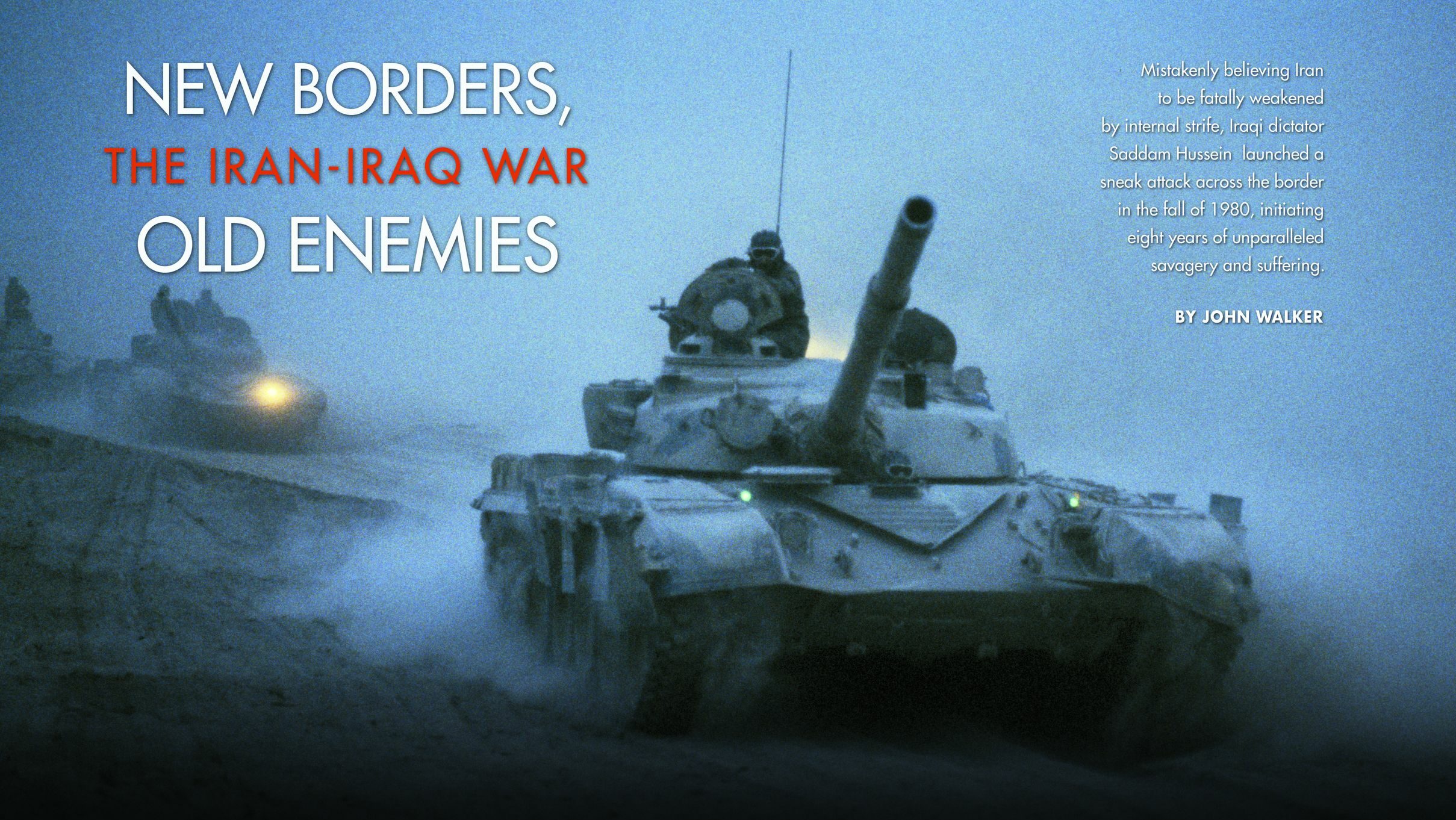
Of the 16714 deaths for allied forces, how many were Americans? I have read 4400 and up to 9000 for operation overlord. Just curious , why the number is not concrete after 77 years?